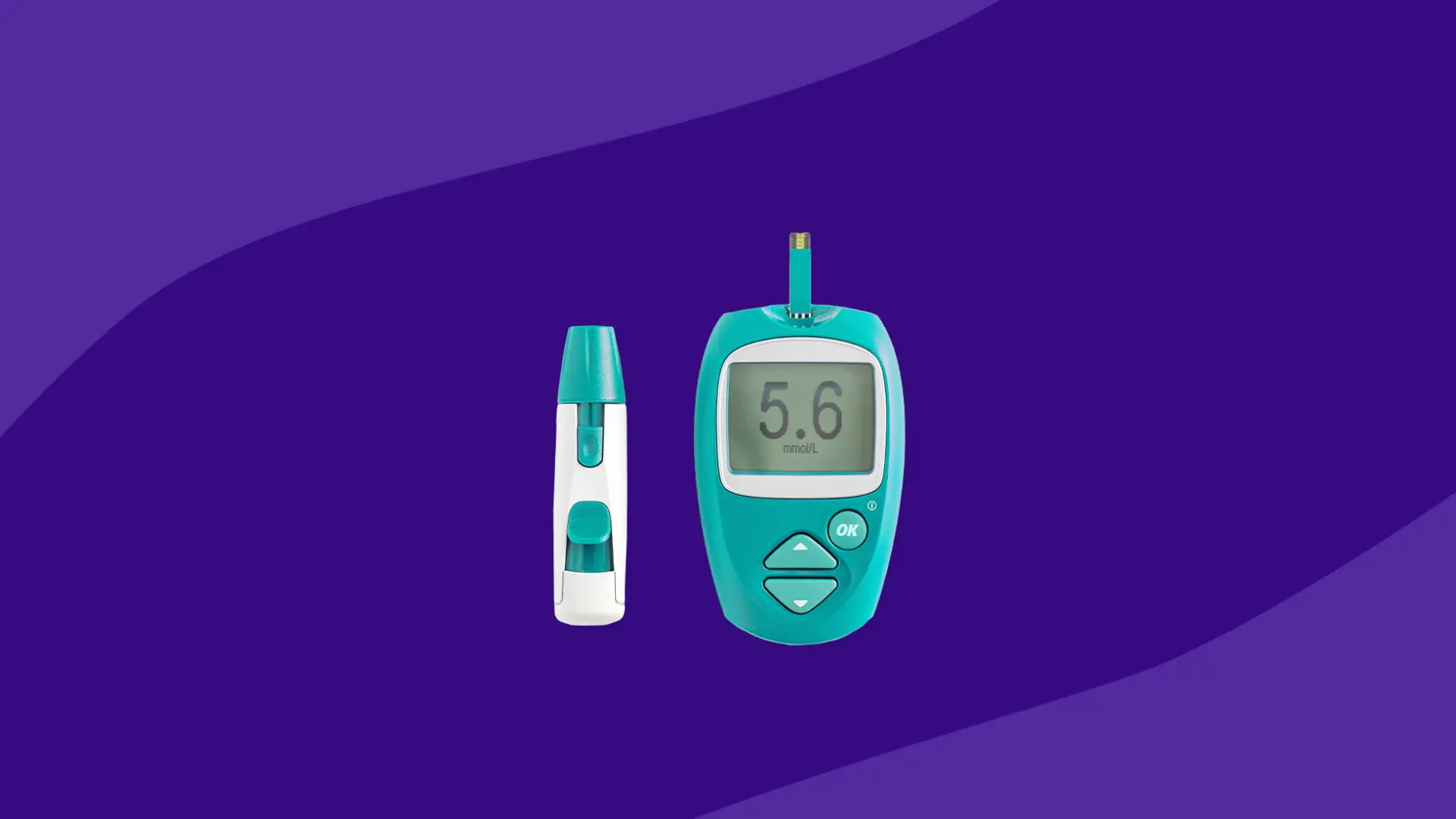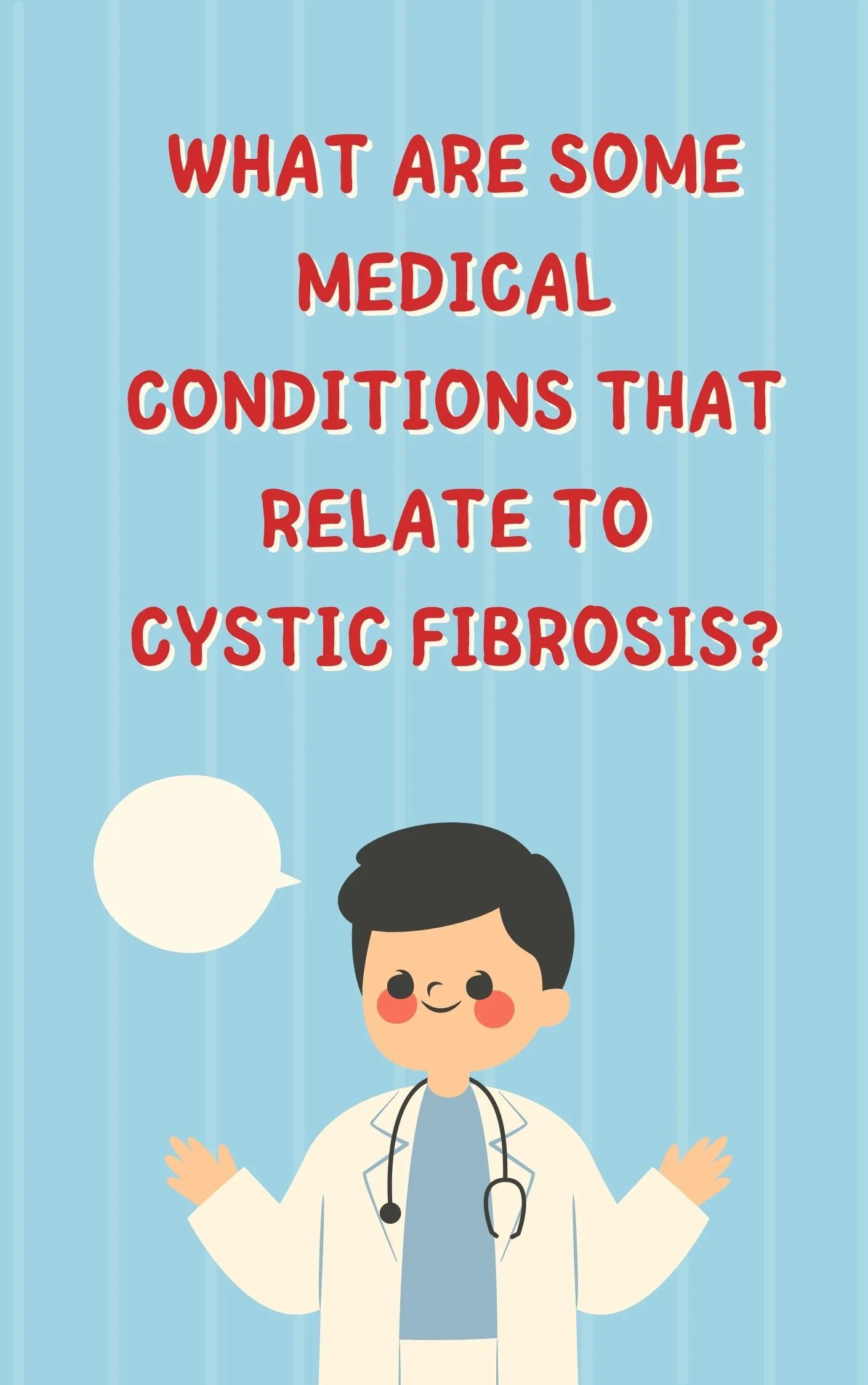What if the sugar level is 114 in fast? Is it considered diabetes?
Houston Endocrine Center2023-04-07T16:12:32+00:00Your doctor has asked you to take a blood test. Your blood test results show that your glucose level is 114 in fast. This is higher than normal, and doctors usually advise you to watch out for any changes in your health. If the tests come back negative, you do not have diabetes. You may be diagnosed with prediabetes, which means that you can prevent yourself from developing full-blown diabetes if you make some lifestyle changes right away!

What if the sugar level is 114 in fast?
Fasting blood sugar is the blood sugar level after 8 to 12 hours of not eating. It’s different from the glucose level you get at any other time during the day because it measures only what’s in your bloodstream after you’ve gone without food for a while.
Fasting blood sugar levels are not necessarily an indication of diabetes. They can be normal even with diabetes, but they’re higher than normal if you have diabetes (or prediabetes).
The National Diabetes Education Program recommends that people over 50 should have an A1c test at least every three years; people younger than 30 who are overweight or obese should also consider getting tested annually.
Is it considered diabetes?
If your sugar level is 114 in fast, it’s not considered diabetes.
If you are suffering from this condition, it’s advisable to get tested for diabetes and keep an eye on it.
You may be diagnosed with prediabetes if you have high blood sugar levels but do not yet meet the criteria for type 2 diabetes mellitus (T2DM).
It is not diabetes, but you need to monitor it.

If your sugar level is 114 in fast, it is not considered diabetes. However, you need to keep an eye on your sugar levels and monitor them regularly. If this continues, you may also need to change your diet and exercise more often. If there is no improvement, consider taking medication for blood glucose control.
You may be diagnosed with prediabetes.
You may be diagnosed with prediabetes if your blood glucose level is between 100 and 125 mg/dL. This means your body cannot control its blood glucose levels as well as it should. You have a higher risk of developing type 2 diabetes if you have prediabetes–and even if you don’t go on to develop diabetes, keeping your blood sugar under control can help prevent many other health problems associated with high blood sugar levels (like heart disease).
To lower your risk of developing type 2 diabetes or other conditions related to high blood sugar levels:
- Lose weight if necessary; exercise regularly
Do you know How is Hashimoto’s thyroiditis is diagnosed?
Conclusion
If your sugar level is 114 in fast, it does not mean you have diabetes. However, it does indicate that you may be at risk for developing diabetes. If this happens repeatedly, you should consult a doctor who can help identify the underlying cause of this problem.









